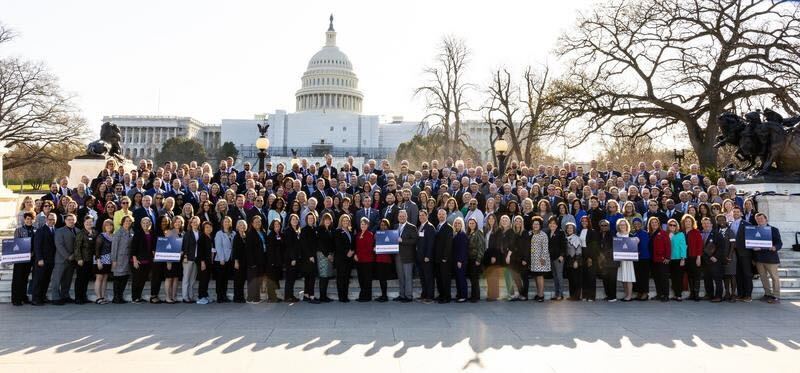Last week, the Michigan Elementary and Middle School Principals Association (MEMSPA) hosted a Twitter Chat delving into how K–12 principals can advocate for policy changes to improve their schools. See below for highlights from NASSP Director of External Affairs Jen Silva, and use the hashtag #MEMSPAChat to read the chat in full and check out NASSP’s Twitter for more insights.
Supporting the Mental Health of Educators & Staff Act was recently introduced in Congress. How would supporting educators’ mental health help school communities?
NASSP and NAESP are working in collaboration with @RepBonamici and @RepBrianFitz to pass this bipartisan bill. We need to prioritize the mental health of our educators and staff. Establishing grant programs to promote mental health and well-being puts the education profession and students first. It reinforces retention and elevates educator and student needs. Educators and staff give their all to students.
H.R. 744 invests in evidence-based and best-practice strategies to help prevent suicide and improve the mental health and resiliency of educators and school staff. This is critical to our schools. This is why @NASSP included this in its 2023 legislative agenda!
Both NAESP & NASSP are advocating for more support for student mental health. What should school leaders share with state and federal legislators?
Legislators need to hear about NASSP’s survey, which revealed that three-quarters of school leaders (73%) and students (74%) reported they needed help with their mental or emotional health last year.
Legislation addressing the employment of school counselors, social workers, and psychologists is at the forefront of our work and legislators need to hear those personal stories about why it’s so important.
The Increasing Access to Mental Health in Schools Act establishes a new grant program to increase the number of mental health professionals by supporting partnerships between institutions of higher education and Local Education Agencies (LEAs). Support is needed for teaching and training.
Beyond student and staff mental health, engaging local stakeholders like higher education partners and workforce development entities like the Chamber of Commerce is also important. Doing so can help to drive economic development and create incentives for the profession. And the educator shortage can be solved by offering incentives like the Loan Forgiveness for Educators Act, in which the federal government makes educators’ monthly student loan payments and provides complete forgiveness of federal student loan debts at the end of five years of service. The act expands eligibility to school leaders for the very first time.
What are some of the ways principals could connect with legislators at the state and federal levels?

Elementary and secondary school leaders need to advocate for resources. Join us in calling on Congress to act by engaging in this new NASSP campaign, Be Well: Centering Mental Health in Schools. You can also:
Invest in robust, values-based leadership programs for students to build a culture of scholarship, service, leadership, and citizenship.
Place a high value on relationship-building with local entities and elected officials.
Create that personal connection and tell personal stories of challenges and successes that resonate with legislators. Build relationships not tied to any ask, and tie in the action.
To learn more about the top issues in education, check out NASSP’s Principal Leadership magazine.
